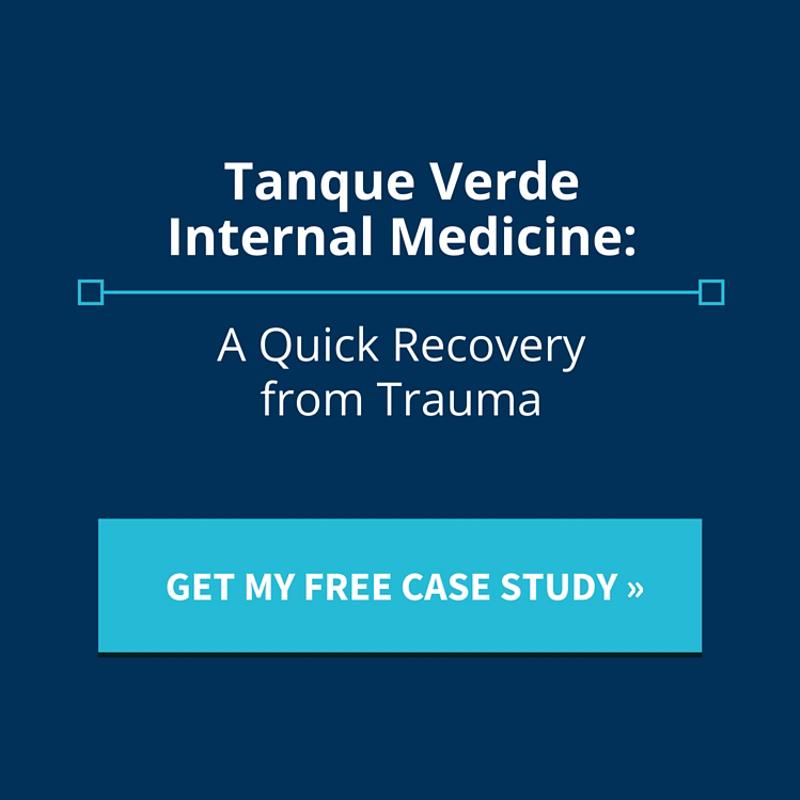The seasonal flu vaccine offers tremendous value for patients and providers. It is an effective form of preventative care that can reduce instances of more expensive, complicated treatment farther down the line. However, according to the American Academy of Pediatrics, for the 2016-17 flu season, the nasal option may not be effective enough for younger patients.
This recommendation offers a snapshot into the importance of connectivity among healthcare professionals and organizations. Likewise, this also underscores the importance of patient-facing education and engagement initiatives.
Addressing changing conditions
Researchers at the Centers for Disease Control and Prevention monitor the effectiveness of past seasonal flu vaccines, as well as future strains of the virus. The CDC found that in the past three years, the nasal version of the vaccine was not effective in keeping children safe. The nasal was just 3 percent effective in 2015-16, while the injected vaccine was 63 percent successful.
“The nasal vaccine was just 3 percent effective in 2015-16.”
Each year researchers work in advance to identify which strains of flu will be most common and build vaccines accordingly. In the winter of 2016-17, there will be three to four strains addressed in this year’s immunization.
This sort of proactive approach is the product of many different organizations’s work and research, which is advanced by higher levels of connectivity.
How the flu shot benefits patients
According to the Los Angeles Times, there is a common misconception that the flu can only lead to serious illness among patients that are already dealing with some sort of sickness or condition. Of flu related deaths in the winter of 2015-16 among children, half were in individuals with no existing ailments. Children may not only be more susceptible to the illness but school and other environments may promote the spread of the flu and communicable seasonal sicknesses. Because pregnant women and older adults are also vulnerable to the flu, it is recommended that they receive the immunization as well.
Getting the seasonal flu vaccine represents an important, proactive step for patients in mitigating future risk and the need for more complicated treatments. The CDC stated that the seasonal flu can lead to pneumonia, ear infection dehydration or sinus infection, as well as serious fevers or complications related to heart failure or asthma.
The value of preventative care
For providers, educating patients early about the specific caveats for this year’s seasonal flu shot is a key step. Families may be unaware of changing annual guidelines and suggestions, and some younger patients may be agitated or uncomfortable getting a traditional vaccine instead of the nasal alternative.
Proactive behavior and utilizing multiple channels of patient communication, such as emails or text messaging, may yield better results for health professionals.
Because the seasonal flu can lead to much more complicated and expensive treatment of more difficult diseases, there is a great incentive for providers to promote vaccination and other preventative health measures. Beside the ultimate goal of keeping patients healthy and avoiding sickness, there is great financial stability and value in preventative measures, whereas treating complicated, unforeseen ailments can be costly and difficult to prepare for.




